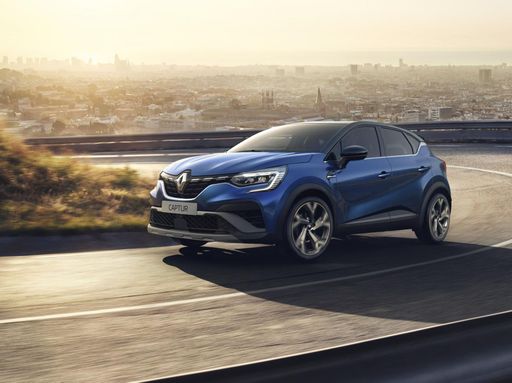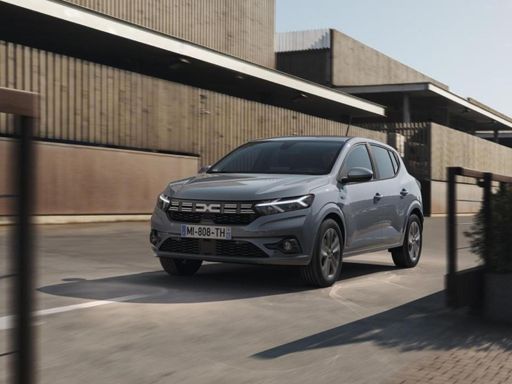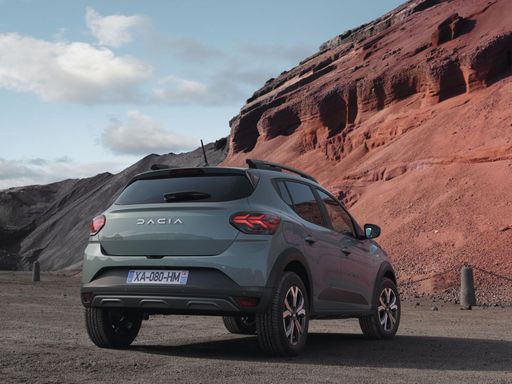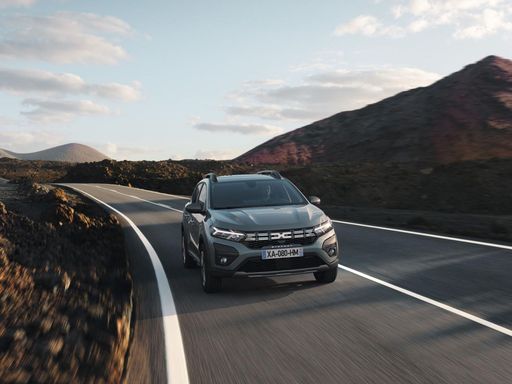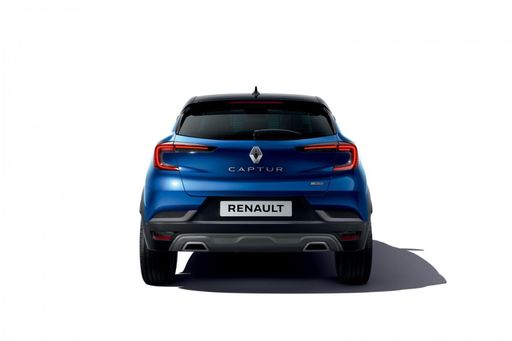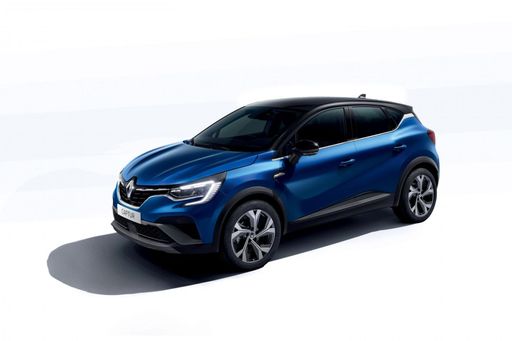Dacia Sandero vs Renault Captur: A Comprehensive Comparison
In the competitive world of compact cars and SUVs, the Dacia Sandero and Renault Captur stand out as popular choices among drivers seeking practicality, style, and value for money. But how do these two impressive models stack up against one another? In this article, we delve into various aspects, including performance, engine options, dimensions, and innovative features, to help you decide which vehicle might be the better fit for your lifestyle.

